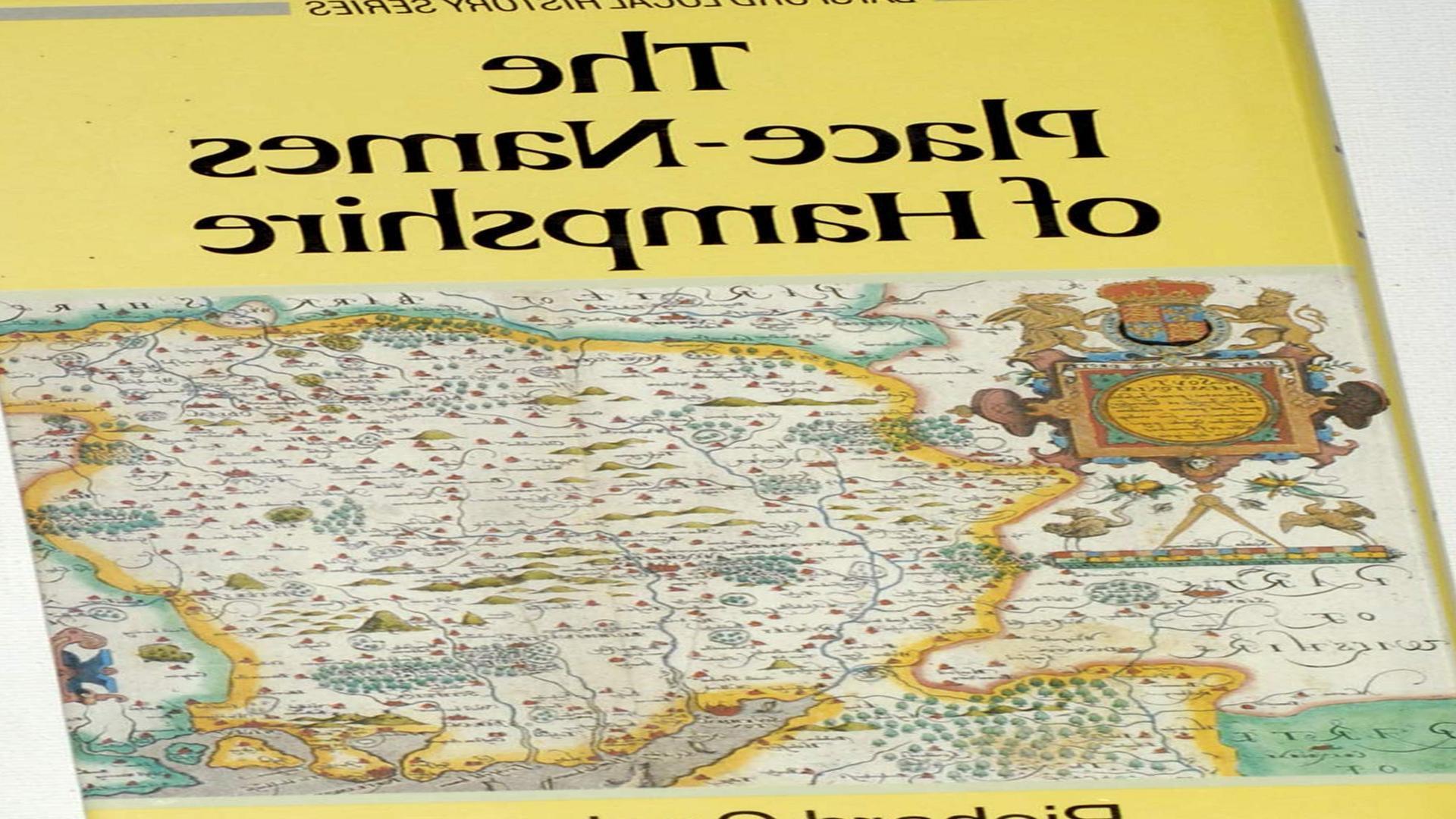How Hamsphire Cites Got Their Names

Portsmouth
Portsmouth Portsea Island is a historic seaport, located right in the middle of the Solent, a narrow body of water between Portsmouth and the Isle of Wight. Among most well-known attractions of the city are HMS Victory, home to the museum about Naval history; Spinnaker Tower, one of the tallest waterfront towers in Europe; National Museum of the Royal Navy; Gunwharf Quays Shopping Centre; Portsmouth Historic Dockyard. There is also Portsmouth City Museum of Local History and Cornwallis United Reformed Church.
The latter's history dates back to 1630, when it was built as a church for Protestant community living in that area at that time, Hampshire List (hampshire-list.co.uk). Portsmouth is an old city and has a rich history. It was founded in around 1180 by a merchant named Jean de Gisors, who created a small town in the corner of Portsea Island. That area is now known as Old Portsmouth. The city went on to become one of the most strategically important ports on the south coast during the 17th century, but its main role in history is due to its involvement during World War II.
Portsmouth is a city located on the southern coast of England that is spread across both sides of Portsea Island. Its history goes back more than 1,000 years -- the first written account of the city was in 1014, when Cnut The Great (King Cnut) used it as a base to control Wessex and Mercia. Over the next three centuries, some soldiers and citizens of France, fleeing from religious persecution created settlements around Old Portsmouth.
Due to a stream that ran down from the north side of town, it was also nicknamed Portsmouth-on-the-Sour. The city was then later established in 1379 to the east and west of Portsmouth Harbour. This section is where most of the modern city is located and has been put in charge of protecting the city versus a central purpose, like guarding the monarch. Corporate Events can be anywhere from a small meeting in one of our smaller meeting rooms through to a lavish reception for up to 200 people.
Winchester
Winchester was the capital of England in the 11th Century and went on to become a royal residence for more than 400 years up until 1224. In fact, it's believed that Winchester was founded by King Ceauceswyrht, who took over from the Romans after their withdrawal from Northern Britain in 407 AD. The city is also host to a number of medieval churches, including the Chapter House at Wolvesey Palace, and what is claimed to be the oldest building in Winchester - St.
Cross Priory. Winchester has been the site of many key events throughout its long and illustrious history. The city was a major location for military campaigns during the Civil War. Famous landmarks such as West Point and Valley Forge are within close proximity of the city, and it is just an hour’s drive from New York City. Winchester is home to hundreds of lovely shops and restaurants, with other businesses such as Cisco and Comcast also having a presence in the area.
Winchester is an old city, one of the oldest in America, if you believe its tourism tag line. It's so old that there is evidence it may have been a stopping place for Native Americans who journeyed west from the Mississippi. The first recorded settlement in what would become Winchester was in 1637. Winchester is a city of historical importance in the State of Virginia. After the discovery of the Winchester site in 1726, settlement began in March of 1744.
Isle of Wight
The Isle of Wight is an island just off the south coast of Mainland England. It is the largest island in England. It is 120 miles south of London and lies off the coast in the Solent between Hampshire and the region of Dorset. The Isle of Wight tourism centre website is full of useful information about food, shopping, map, things to do and much more. It was the Saxons that gave the island its name – a name that even today is used to identify the locals that proudly call the Island home.
It’s a name with some meaning and history behind it though for many that live on the Island today, it remains a contentious issue. The island is first recorded as the Isle of Wight in A. D. 755, when it was already a well-known landmark, apparently named by Jutish invaders who used "Wihtwær" (the "white place") to describe a location on the coast of Hampshire. The Island was first called the Isle of Wight by the Anglo-Saxons, who named it after Wihtwara meaning ‘the whale-haven’.